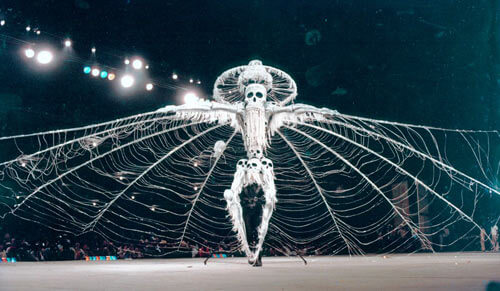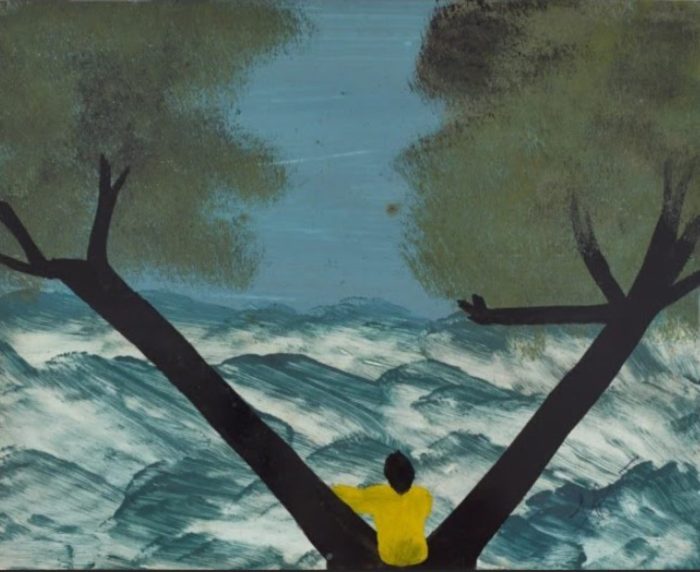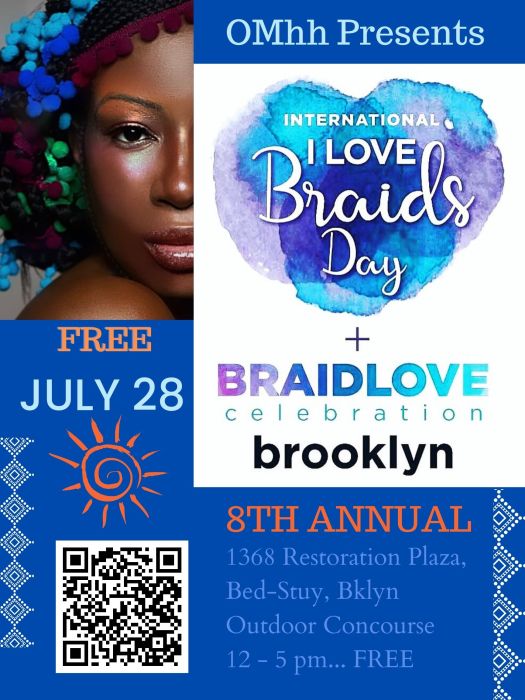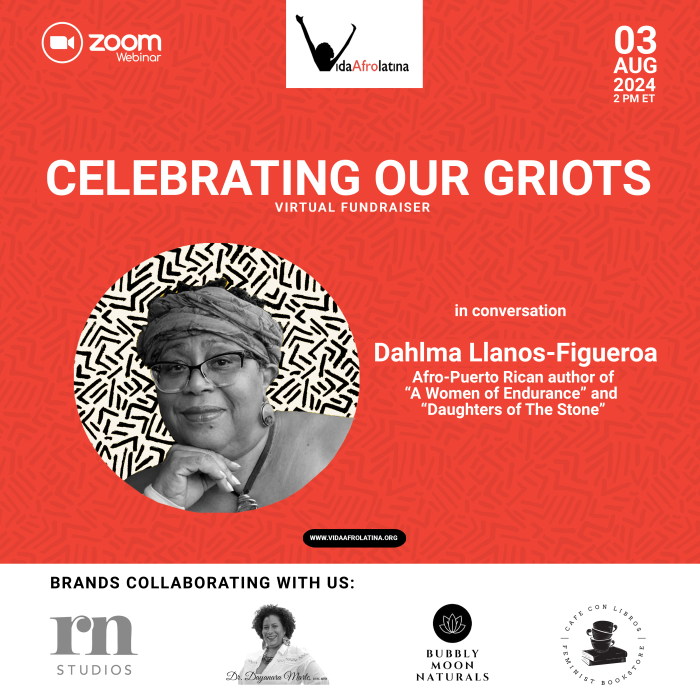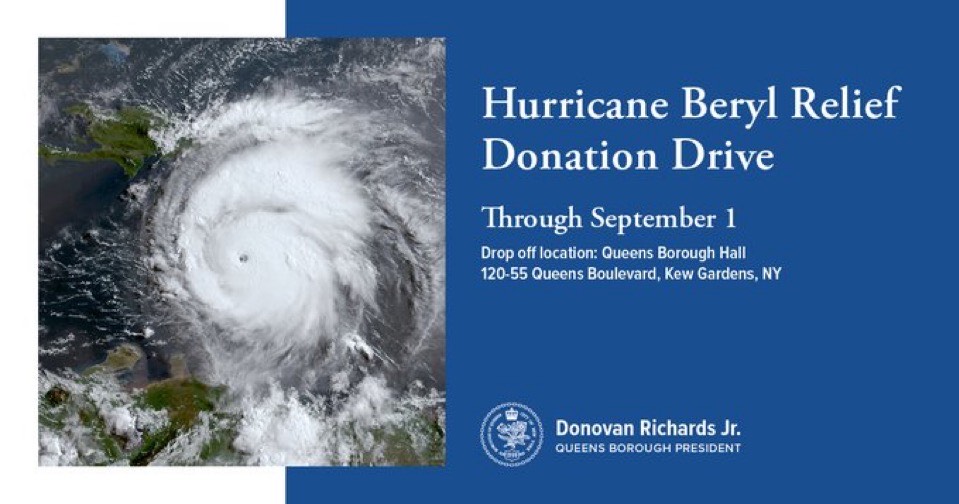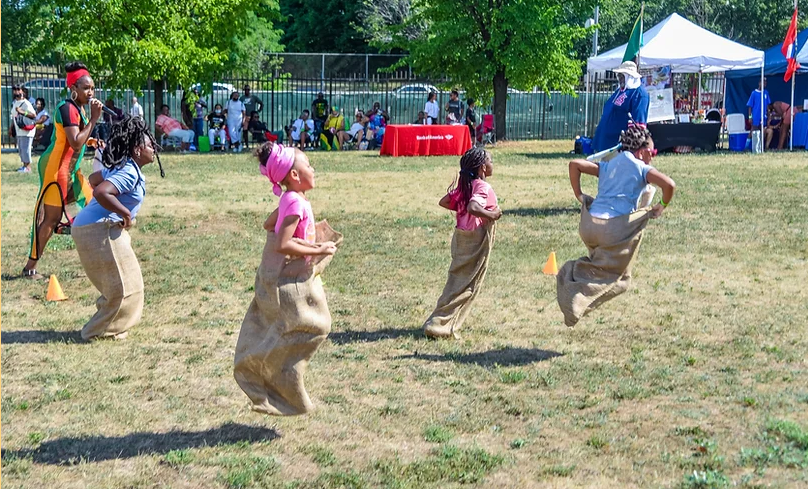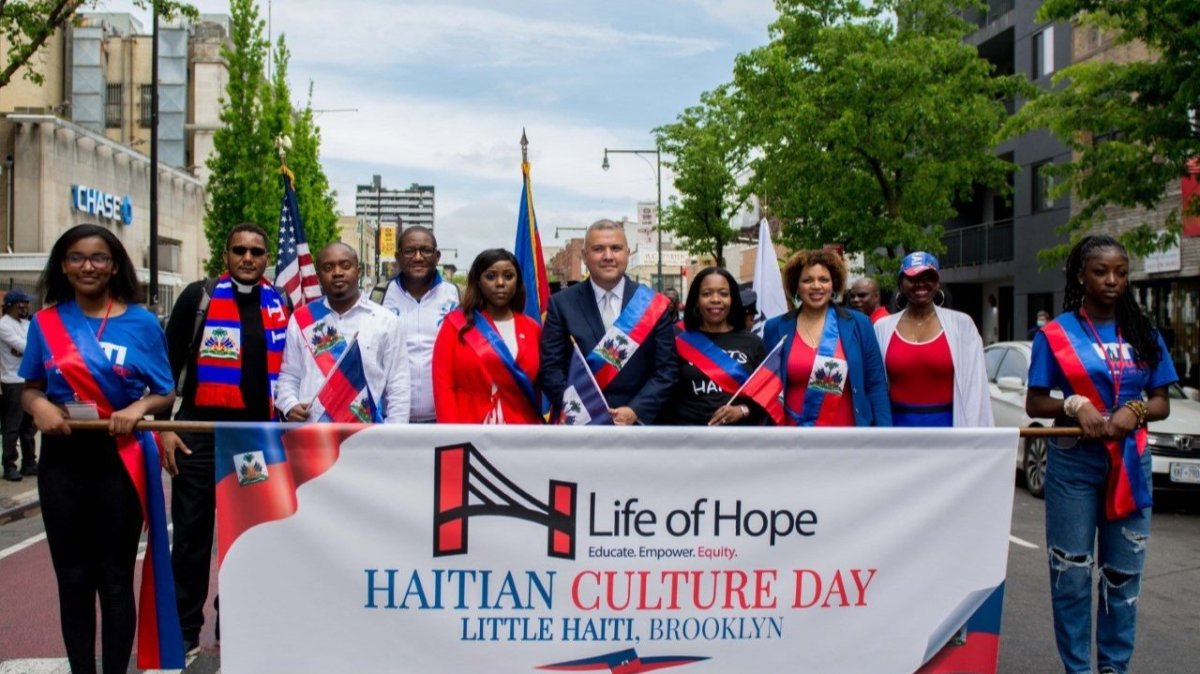The theater-of-the-streets aspect of carnival that Minshall locked into had its naysayers who claimed, misguidedly, that such “presentations” didn’t belong in carnival. This, plus what they proffered as conventional wisdom, that any production not awash in brilliant colors contradicted the “spirit” of carnival. Street performance in the annual ritual, Minshall retorted, “was always there,” as traditional characters like the bat, clown, robber, dragon…would attest. Hear Minshall rhapsodize about another of those traditional characters: “The incredible fancy sailor, there is not a form quite like it anywhere on the planet. It is unique and indigenous to Trinidad… If I feel empowered at all from then to now, it is by the fancy sailor.”
He was a bright-eyed, ardent observer of these forms that comprised the carnival pastiche from boyhood. Minshall’s fascination with what Trinidadians’ energy and ingenuity had made of the yearly celebration soon got him caught up in the creative frenzy, as he fashioned carnival get-ups for himself from whatever was readily available. That instinctive connection to things artistic crystallized into formal study of theater and design years later in England.
“I personally felt that carnival without Minshall was no carnival,” says Mac Ward, Trinidadian entrepreneur and cultural promoter. This was after he and others had prevailed on Minshall to bring his designing skills into the Trinidad Carnivall fray, following his proven success abroad. The initial effort, “Papillion” in 1982 (he had first designed “Paradise Lost” for bandleader Stephen Lee Heung in 1976), continued to serve notice of the multi-dimensional approach that Minshall felt befitting of the canvas and theatrical opportunity that was carnival. In Papillion’s wake would come a laundry list of themes that invariably forged a solitary path through the carnival landscape, sometimes abstract, almost always satirical, oftentimes daring to be society’s mirror on itself or juxtaposing the forces of good and evil. Never lacking for intrigue, Minshall’s productions had the one constant of engendering fever-pitch anticipation among audiences: “River,” “Callaloo,” “Santimanitay,” “Rat Race,” “This Is Hell,” “Carnival Is Color,” “Red,” “Song of the Earth,” “Tapestry,” “Hallelujah,” “Ship of Fools”…
Perhaps not all that unexpectedly, although Minshall says it was quite by accident and “amazing” to him, his extraordinary talent would get courted by a totally different universe. The International Olympic Committee sought out Minshall to design opening ceremonies in first the Barcelona and subsequently Atlanta and Salt Lake City Games, evidently because of his ability, Minshall says, “to deal with human energy in big open spaces and make what is small be seen big.” He would earn an Emmy Award for the Salt Lake City production.
But other forces in the carnival mix would maintain their strong resistance to Minshall’s adherence to tradition and theater. Fellow artist Christopher Cozier notes the irony of Minshall’s Man Crab character from his 1983 presentation, “River.” “The mythology around Man Crab was that we destroyed ourselves,” Cozier says, adding that this coincided with the start of the bikini masquerade craze in the Carnival.
That trend notwithstanding, the jury on Minshall’s contribution has long been in. His was a sustained artistic effort, borrowing from the past and breaking historical barriers of his own.


